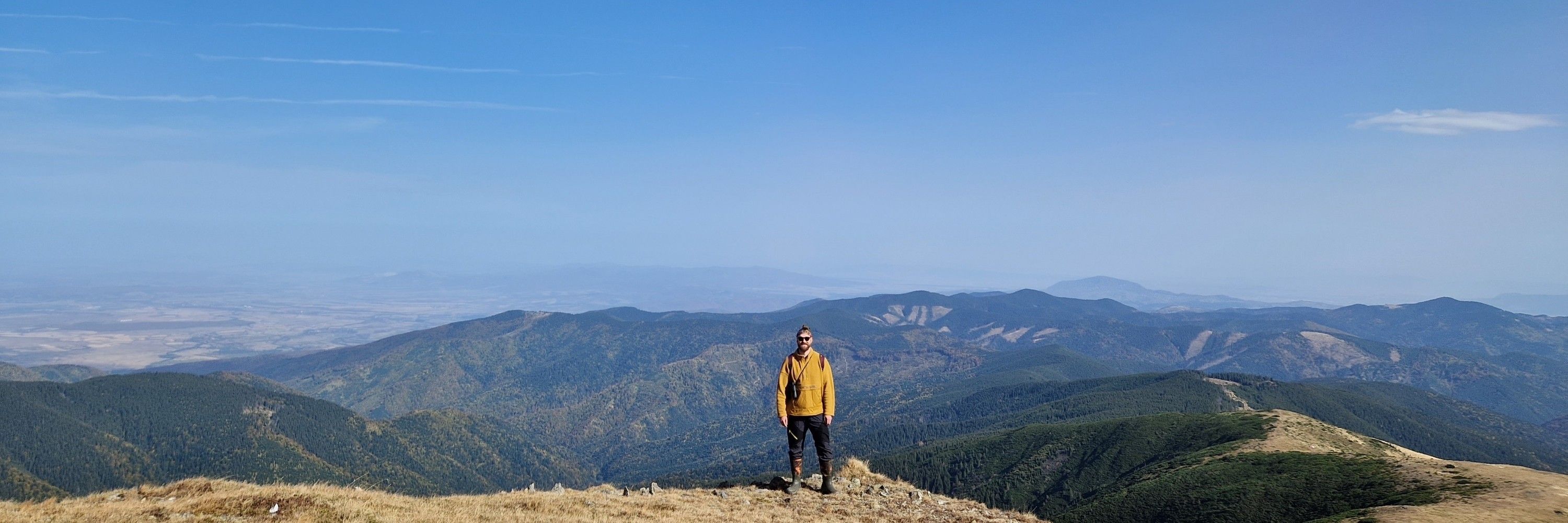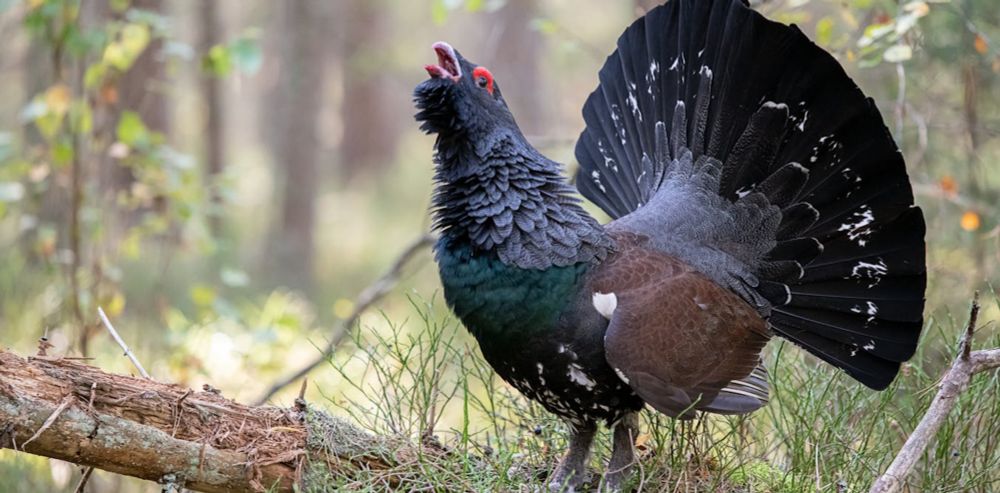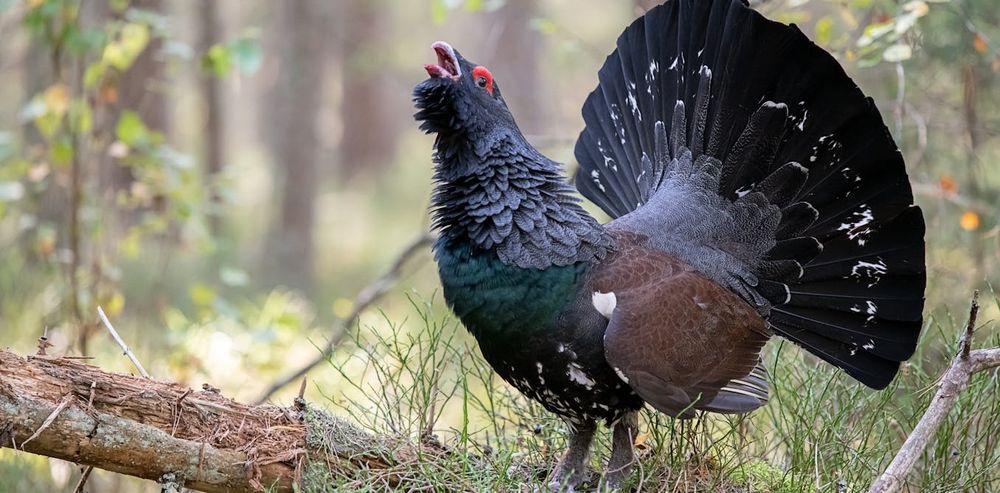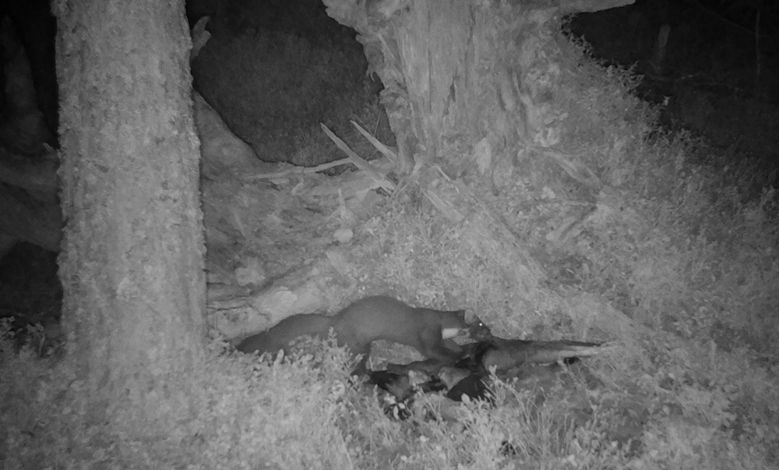Jack Bamber
@jackantbam.bsky.social
150 followers
170 following
19 posts
Ecology, PhD Candidate Univeristy of Aberdeen.
Posts
Media
Videos
Starter Packs
Reposted by Jack Bamber
Reposted by Jack Bamber
Jack Bamber
@jackantbam.bsky.social
· Aug 18

Bridging the implementation gap: From predator control to non‐lethal impact‐based intervention
We argue that pushback against diversionary feeding did not reflect disagreement on the validity of the scientific evidence but rather was rooted in deep divides over land management and the relative....
share.google
Jack Bamber
@jackantbam.bsky.social
· Aug 18

Empirical evidence that diversionary feeding increases productivity in ground-nesting birds | Proceedings of the Royal Society B: Biological Sciences
The recovery of predator populations may negatively impact other species of conservation
concern, leading to conservation conflicts. Evidence-based solutions are needed to
resolve such conflicts. Robu...
share.google
Jack Bamber
@jackantbam.bsky.social
· Aug 18

Evaluating diversionary feeding as a method to resolve conservation conflicts in a recovering ecosystem
Diversionary feeding is an easily employable method shown in this study to reduce predator impact (functional) without lethal (numerical) intervention.
share.google
Reposted by Jack Bamber
Jack Bamber
@jackantbam.bsky.social
· Jul 31
Jack Bamber
@jackantbam.bsky.social
· Jun 25
Reposted by Jack Bamber
Jack Bamber
@jackantbam.bsky.social
· Dec 14
















